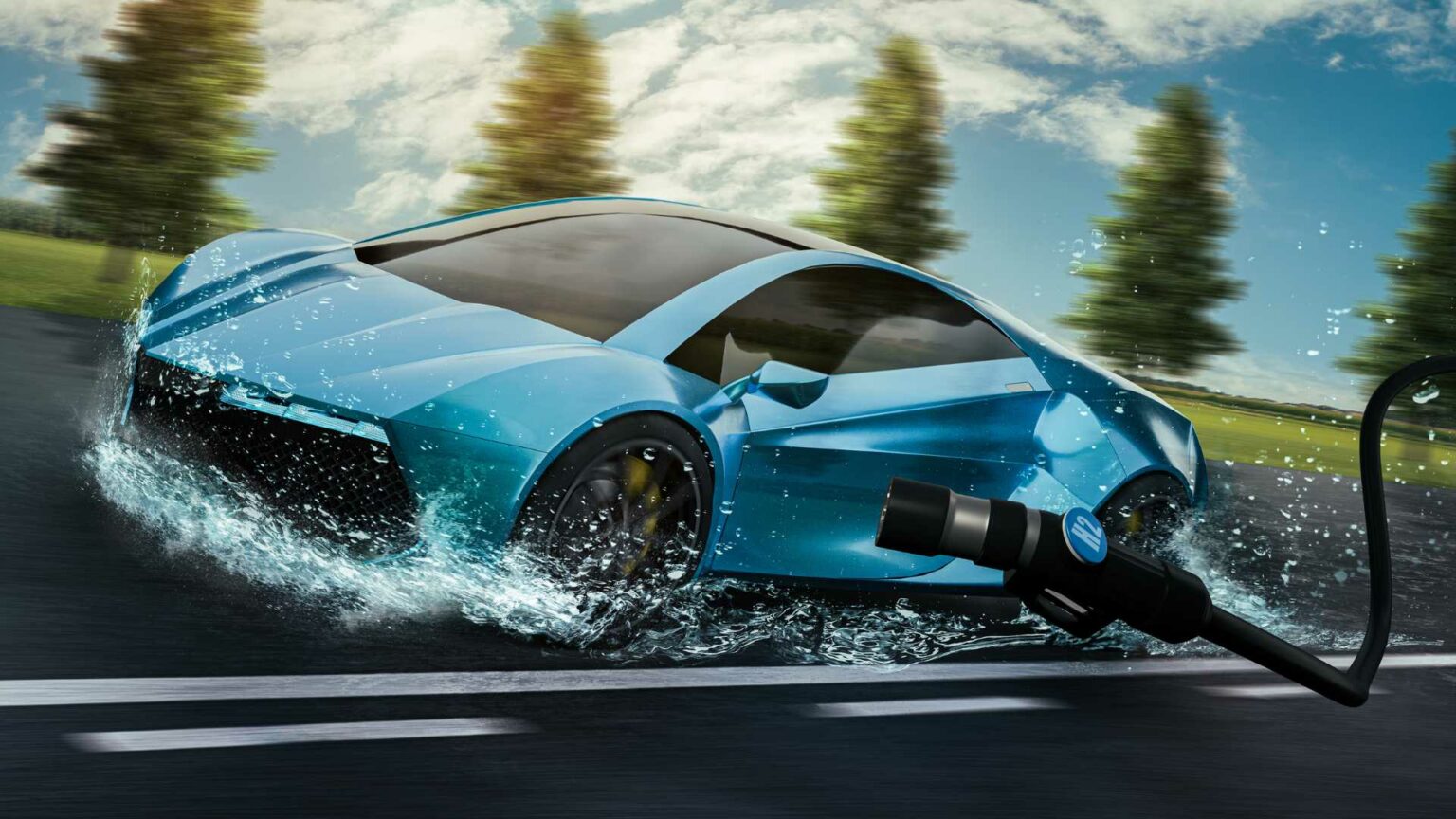The hydrogen passenger vehicle market is poised at an inflection point—a juncture where technological prowess is advancing at breakneck speed, yet market fundamentals lag. At the recent 2025 Seoul Mobility Show, Hyundai Motor Company unveiled its revamped ‘NEXO,’ a testament to 27 years of hydrogen R&D that can reportedly drive over 700 kilometers in just 5 minutes of refueling. This staggering performance metric underscores not only the promise of fuel cell technology but also the resolute vision of industry leaders, even if the vehicles have yet to achieve widespread commercial success.
Hyundai’s unwavering focus on hydrogen extends well beyond immediate market returns. CEO Jose Muñoz encapsulated this philosophy by asserting, “We don’t just look at the short-term situation, but we have a mission to make progress for humanity.” This perspective is a recurring motif in the evolution of Hyundai’s hydrogen initiatives—from the early Mercury project in 1998 to the robust second-generation fuel cell system that now powers the NEXO. Despite persistent challenges in market penetration, Hyundai continues to invest in developing eco-friendly materials, evidenced by the integration of recycled plastics into the NEXO’s design, and in refining powertrain efficiency through dual inverter motor systems that boost efficiency to 90%.
Toyota, long regarded as Hyundai’s counterpart in the hydrogen space, is also recalibrating its strategy with measured ambition. With the launch of the hydrogen-powered version of its semi-large sedan, the Crown, Toyota is signaling a move to integrate hydrogen technology into models that have sustained a 16-generation lineage. The Crown’s specification—featuring three high-pressure hydrogen tanks and delivering a maximum range of 820 kilometers under WLTC standards—reflects an emphasis on maximizing fuel economy and operational efficiency. Toyota’s commitment to pushing hydrogen models into its core product lineup points to a future where hydrogen may supplement or even redefine profitability in an industry traditionally dominated by electric vehicles.
Yet, the shift towards hydrogen is not without its stark challenges. A critical impediment is the lack of robust refueling infrastructure—a point that industry leaders acknowledge even as they push technological boundaries. It has been 14 years since Hyundai launched the world’s first mass-produced hydrogen vehicle with the Tucson ix FCEV, yet consumer uptake remains tepid. This disconnect between technological feasibility and market readiness presents a pivotal question: Can the inherent environmental and performance benefits of hydrogen truly offset the current limitations in infrastructure investment and market demand?
Hyundai’s and Toyota’s approaches illustrate the complex calculus behind advancing hydrogen fuel cell technology. While both giants spotlight superior performance specifications—Hyundai’s NEXO’s rapid refueling and extended range, alongside Toyota’s Crown’s impressive tank design—the underpinning industry narrative is one of futuristic commitment. Leaders contend that the value of hydrogen extends beyond sales metrics; it is a crucial step in the broader transition toward sustainable energy solutions. As Hyundai has reiterated through decades of iterative innovation and Toyota through leveraging established model success, the journey towards a hydrogen-powered future is driven as much by visionary leadership as by immediate market dynamics.
In this context, CEO statements serve as both rallying calls and strategic roadmaps. The professed mission to progress humanity, irrespective of current sales trajectories, underscores a market dynamic where the technology is being prepared for an eventual scale-up. This perspective is particularly instructive when evaluated against the backdrop of the global transition to clean energy—a transformation that may require decades to realize its full potential. The paradigm shift in the automotive industry is therefore not merely a question of consumer adoption today, but an investment in a future where environmental imperatives necessitate alternative fuel technologies despite near-term commercial hurdles.
